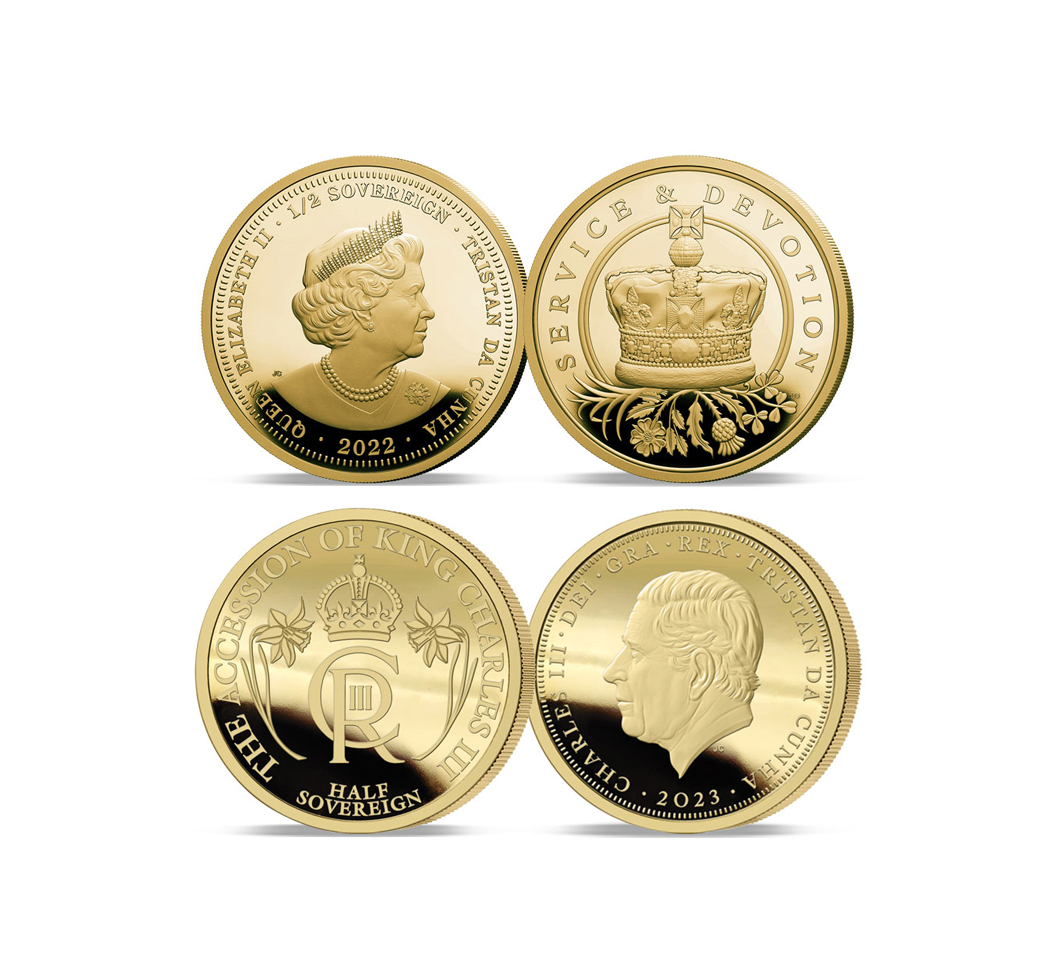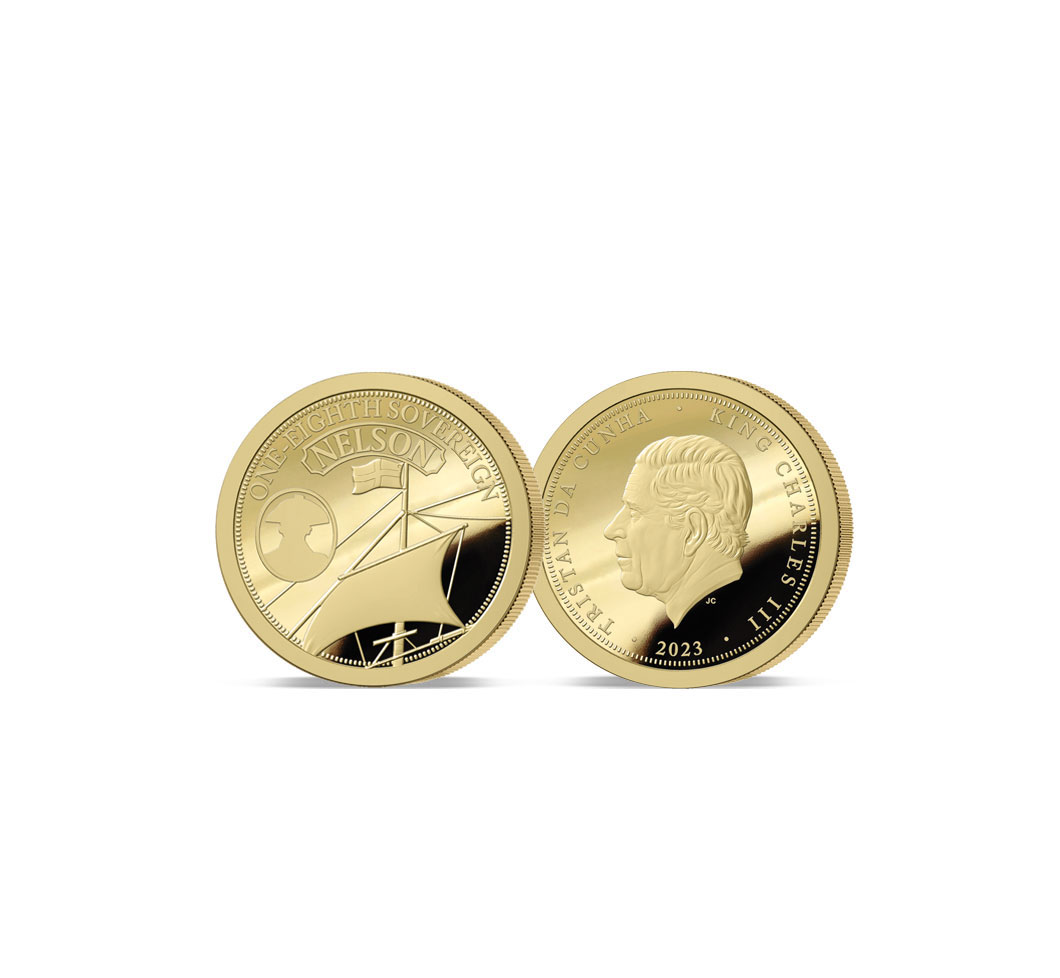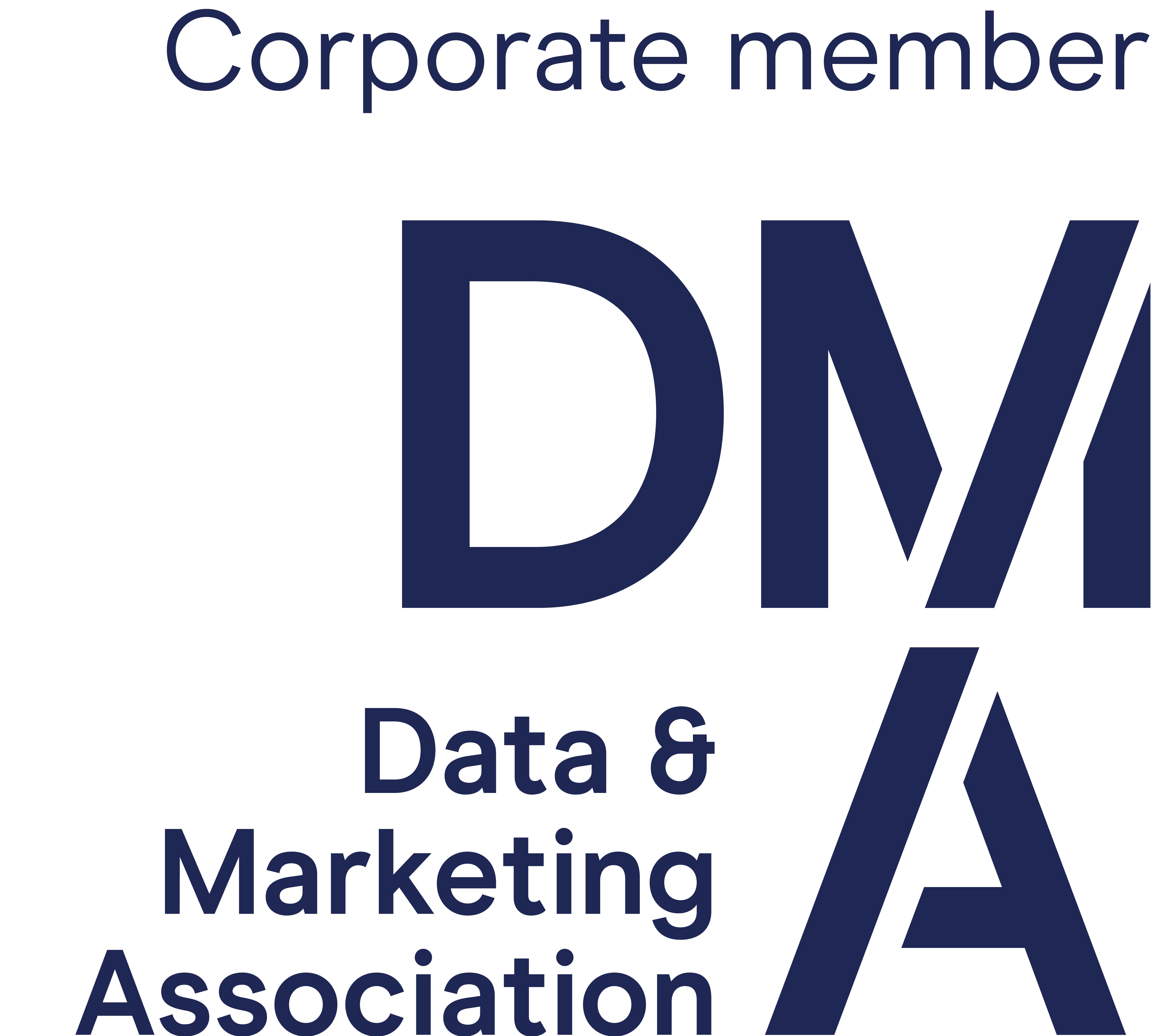Description
This set is comprised of coins that would have been used by the men in Nelson’s navy (and by Nelson himself). The set is comprised of two original British coins: a silver shilling and a copper twopenny both of which are significant year-dates in the life and career of Lord Nelson. Plus, they both have interesting stories to tell about the history of British coinage
THE SILVER SHILLING – The shilling is from the year 1758 and is a Grade 5, the very year Nelson was BORN, and it is the very last silver shilling of the reign of King George II.
In this era the shilling was known as ‘the king’s shilling’ boasting a notoriety unmatched by any other item of British currency.
‘Taking the king’s shilling’ was the traditional reward for enlisting in Britain’s army and navy. In return for enlisting, a volunteer received a bounty of one shilling – a handsome sum at a time of low wages and near-poverty. This was especially rife around the time of the wars in the Americas and against Napoleon – a time at which this was one of the ‘King’s shilling’ coins in circulation. Even after the wars, ‘Shilling’ remained a common term for enlisting.
So called ‘Press gangs’ had the power to force British seamen into the Royal Navy. A man forced unwillingly into the Navy in this way was given the King’s shilling, but he was often offered a chance to volunteer. If he volunteered he would be eligible for an advance of two months’ wages and would be treated more favourably than if he had to be forced. Clothes and equipment, such as a hammock, had to be bought from the ship’s purser out of the advance. Volunteers were also protected from creditors, up to the value of £20.
There are recurring tales of sailors being drafted into the navy after a shilling was slipped into their drink which they were deemed to have ‘accepted as payment’ if they finished the drink. This led to glass-bottomed tankards. However, this is likely to be a myth, for the Navy could press by force, rendering deception unnecessary.
THE COPPER TWOPENCE – The copper coin is the 1797 twopence in Grade 6, and this is from the year Nelson was first awarded the rank of Admiral. His rank was ‘Rear Admiral of the Blue’: Rear Admiral is the third highest rank of Admiral behind Vice Admiral and Admiral, and ‘the Blue’ refers to the Blue Squadron of the Royal Navy which, at the time was divided into Red, White and Blue squadrons.
This twopence is the ONLY coin of its type ever minted in Britain.
The reign of King George III had seen incredible upheaval in the price for precious metals and so the production of all coins was impacted. These twopence coins were minted not in the Royal Mint in London but at the Soho Mint in Birmingham, by Matthew Boulton who had installed a new steam-powered coin press. A product of the Industrial Revolution, this press enabled far more pressure to be exerted in the striking of the coins which in turn meant they could be far more uniform in size and a far higher quality impression be made.
Boulton’s design featured an unusual raised border with sunken lettering and from this the coins gained their nickname ‘cartwheels’. Their overall size also contributed to this name: the twopence measured 41mm diameter and around 4mm thick!
At that time in Britain it was customary that a coin contained its face value worth of metal and so with copper valued at one penny an ounce, this twopence coin was minted from two ounces (57gm!) of copper.
For reference, Britain’s current £2 coin is 28.4mm in diameter but only 2.5mm thick – and only 12gm in weight. So, the British 1797 twopence was almost the weight of FIVE £2 coins!
It was quickly dubbed the ‘cartwheel’ – but it was unpopular because it was easily damaged if dropped, and could also do serious damage to your toes! Its fate was sealed when the world copper price rose in 1805 and you could make a 25% profit by melting them!





